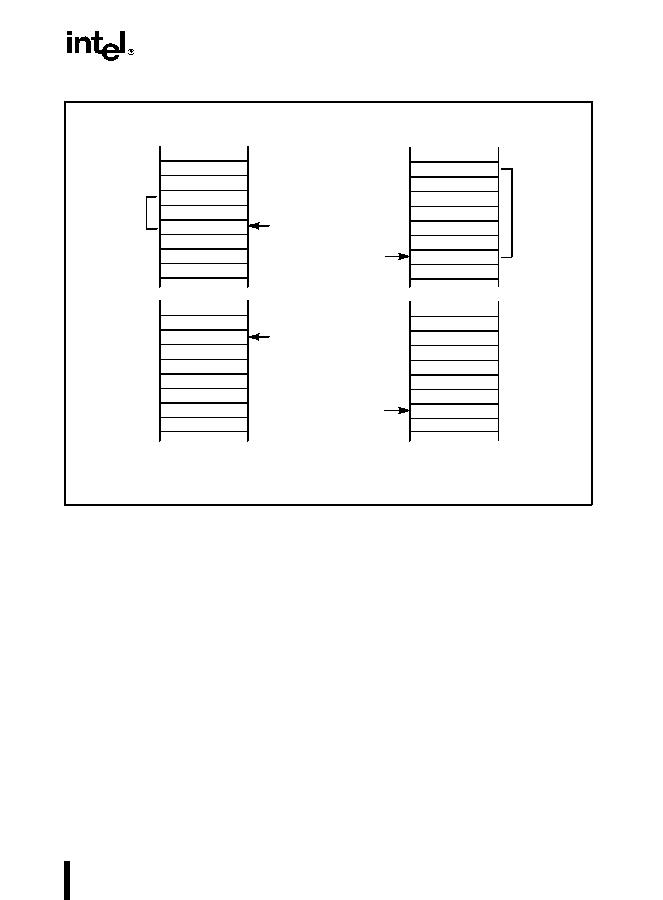4-11
PROCEDURE CALLS, INTERRUPTS, AND EXCEPTIONS
Refer to Chapter 4, Protection of the Intel Architecture Software Developers Manual, Volume
3, for detailed information on calls to privileged levels and the call gate descriptor.
4.4.INTERRUPTS AND EXCEPTIONS
The processor provides two mechanisms for interrupting program execution: interrupts and
exceptions:
An interrupt is an asynchronous event that is typically triggered by an I/O device.
An exception is a synchronous event that is generated when the processor detects one or
more predefined conditions while executing an instruction. The IA specifies three classes
of exceptions: faults, traps, and aborts.
The processor responds to interrupts and exceptions in essentially the same way. When an inter-
rupt or exception is signaled, the processor halts execution of the current program or task and
switches to a handler procedure that has been written specifically to handle the interrupt or
exception condition. The processor accesses the handler procedure through an entry in the inter-
Figure 4-4. Stack Switch on a Call to a Different Privilege Level
Param 1
Param 2
ESP Before Call
Stack for
Calling Procedure
ESP After Call
Stack for
Called Procedure
Calling SS
Calling ESP
Calling CS
Param 1
Param 2
Calling EIP
Stack Frame
Before Call
Stack Frame
After Call
Param 3
Param 3
ESP After Return
ESP Before Return
Calling SS
Calling ESP
Calling CS
Param 1
Param 2
Calling EIP
Param 3
Param 1
Param 2
Param 3
Note: On a return, parameters are
released on both stacks if the
correct value is given for the n
operand in the RET n instruction.

